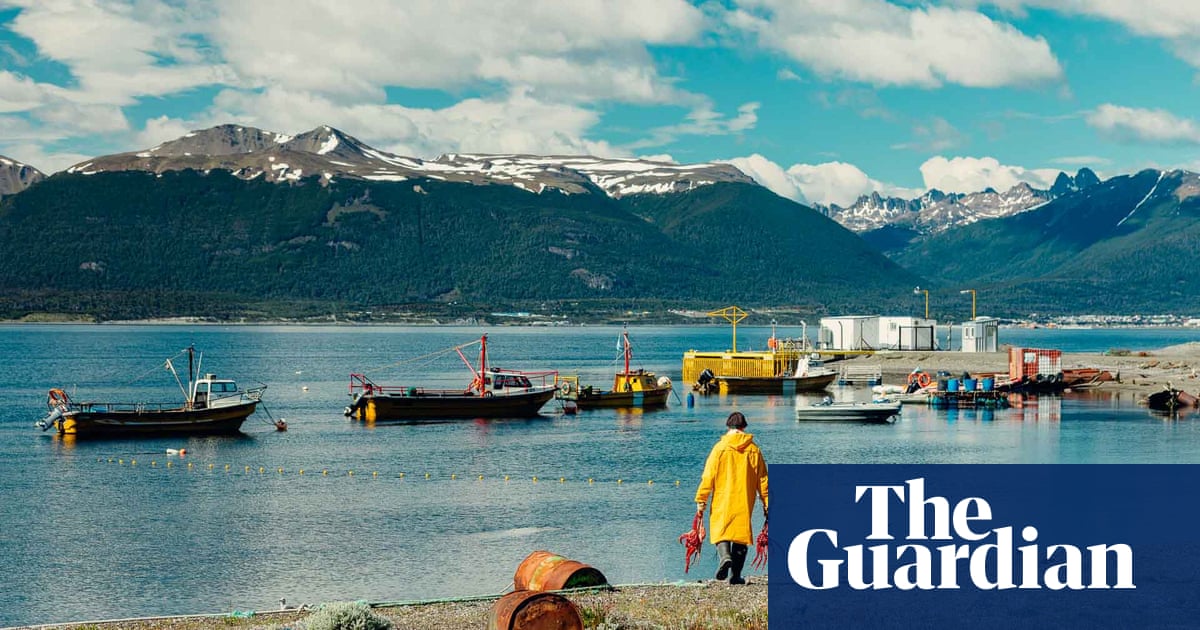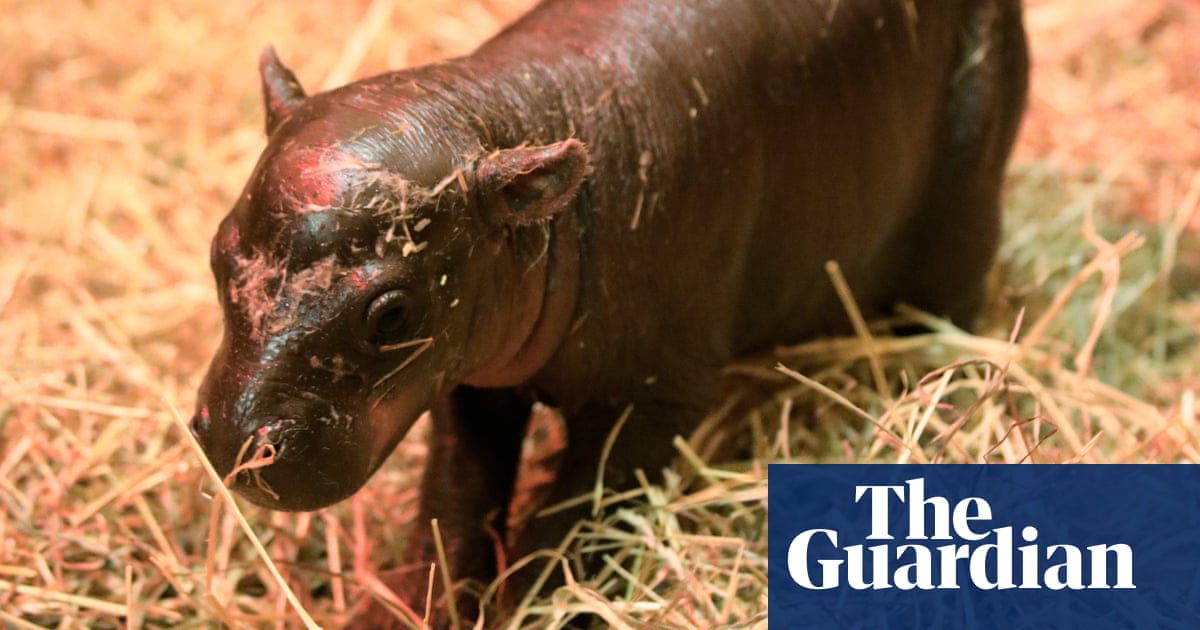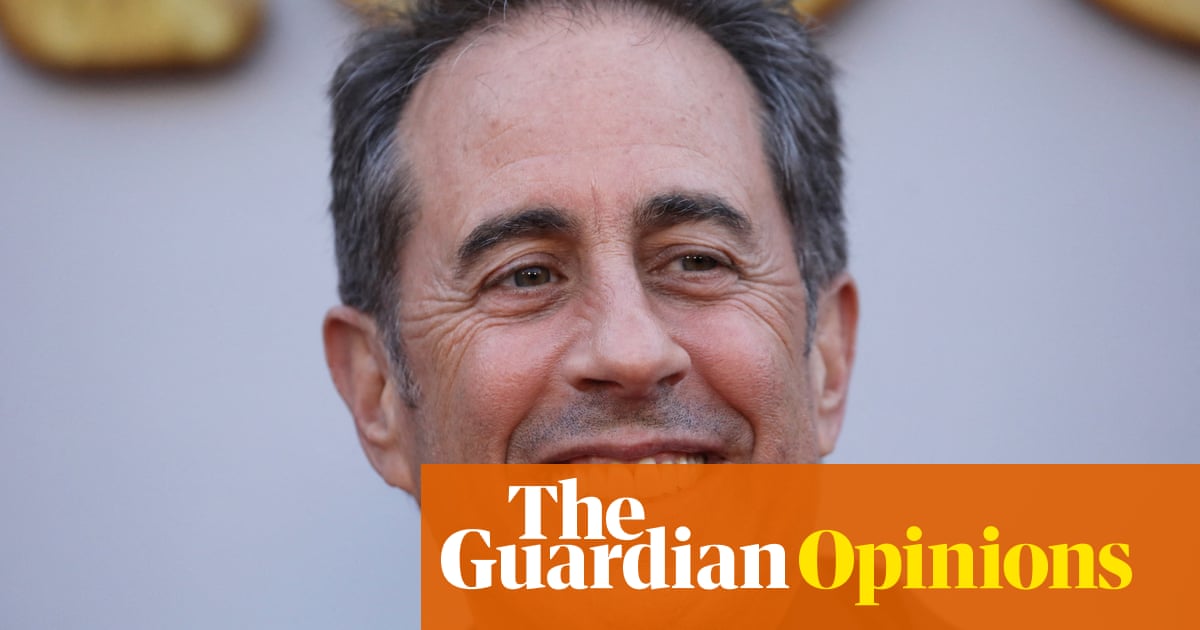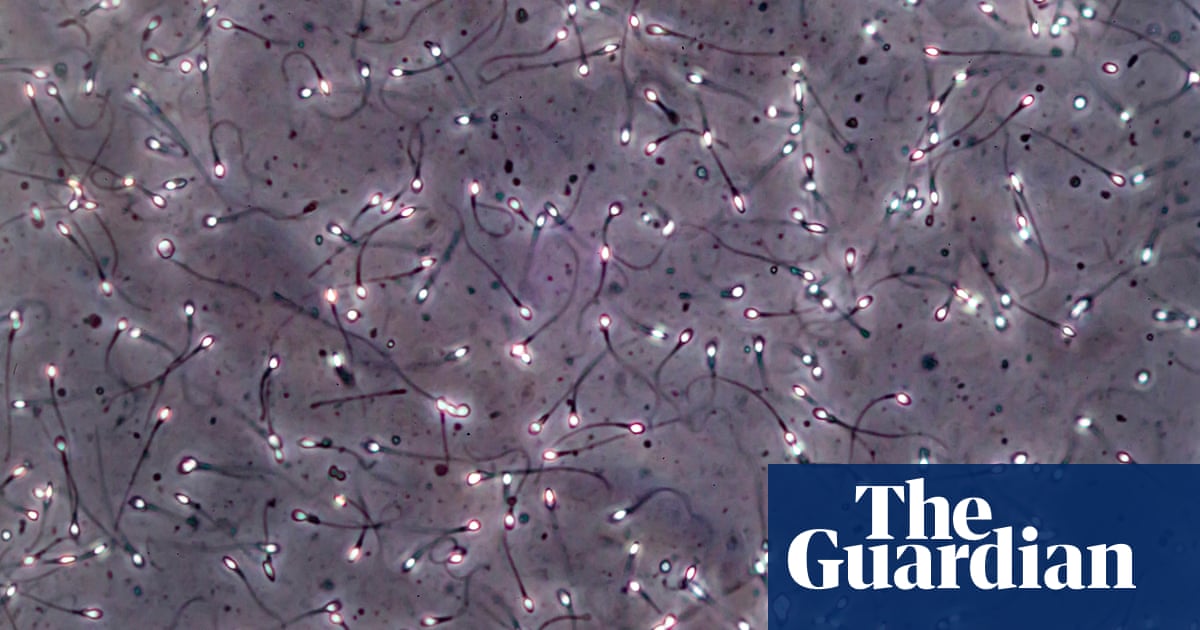A rocky path, strewn with thick tree roots, leads from a dirt road down to a small green hut overlooking the choppy waters of the Beagle Channel, a strait between Chile and Argentina. The shack is home to Diane Mendez and her family but doubles as Alama Yagan, one of nine restaurants in the fishing village of Puerto Almanza.
The village, in Argentinian Tierra del Fuego, has become a foodie haven, and the final stop on the king crab route, a trail that starts in the provincial capital Ushuaia, 45 miles to the east. But things could have been different.
In 2021, the provincial government voted to ban intensive salmon farming in Argentinian waters, after campaigners successfully argued that it would wreak environmental havoc, close down local fishing fleets and threaten the established nature-tourism sector, which employs 16,500 people.
âEverything in the sea has benefited from the ban on industrial salmon farming,â says Mendez. âThe whole ecosystem was saved, from the crabs to the seaweed; they all depend on a healthy Beagle Channel.â
For chefs such as Mendez, the sea is her larder. It provides the centolla, or king crab, for which the region is famous, as well as mussels, which her husband freedives to collect each day, and huge kelp forests, which she harvests to use in her cooking. And itâs all shared with colonies of sea lions, rock shags, and the occasional southern right whale passing through.
The success in Tierra del Fuego led to the formation of the Global Salmon Farming Resistance (GSFR), an alliance of environmental organisations and scientists that is pushing for others to follow Argentinaâs lead. The Falkland Islands has also banned the farms, while the Canadian province of British Columbia has promised to âtransition awayâ from salmon farming by 2025. The US state of Washington has also banned them.
But in neighbouring Chile, the same level of protection does not exist. âThings drastically changed over the years with the arrival of this industry,â says Daniel Casado, a film-maker and activist for Centinela Patagonia, a group of biologists, engineers, artists and fishers who monitor the marine ecosystem around the salmon farms.
The first open-net salmon farms arrived in Chilean waters in the 1980s, where the sheltered coastline and cold currents offered perfect conditions. They went unnoticed initially, but now there are an estimated 1,400 dotted among the islands and inlets of the Chiloé archipelago.
âThey pretty much destroyed the Chiloé area,â says Casado. Now, the industry is moving south, threatening some of Chileâs last stretches of pristine coastline. This includes Magallanes, a region he describes as the last frontier before Antarctica, and home to the Kawésqar national park.
The park has become the new frontline in the battle against salmon farming due to a quirk in the law that means only its land, not its waters, are protected. Yet ironically, the Kawésqar, an Indigenous people who live in the area, are a nomadic âcanoe peopleâ, who live on the water, not the land.
As a result of the way the law works, the fjords and channels are becoming a new hub for the salmon industry and Casado fears the continued growth of the farms will devastate local ecosystems and fishing communities.
Artisanal fishing has all but disappeared in Chiloé, he says, with local laws preventing people accessing traditional fishing grounds close to the farms. Salmon are also alien to Chilean waters, and the millions that escape each year outcompete indigenous species. There are simply no fish left to catch, says Casado.
By exceeding stocking limits and placing nets too close together, the farms are also affecting water quality, he claims. âDead zonesâ are appearing directly beneath the pens â patches of seabed that are devoid of life due to the buildup of fish faeces and other detritus. âIn many areas there is a complete lack of oxygen â nothing can live,â he says.
The charge sheet continues, with activists also placing the blame for huge algal blooms, or âred tidesâ, on the farms. The algae flourishes in the artificially nutrient-rich waters around the pens, and often proves toxic to fish, including salmon, and other marine species.
âThe industry says this is natural and not down to them,â says Casado. âBut in reality, the eutrophication of the area, by putting so much stuff in the water, causes a big change in the environment.â
The Chilean government has also begun striking deals with fish farms that have been set up in national parks illegally by relocating them to new sites, he says.
âThe government needs to start taking this issue seriously; otherwise businesses will continue to destroy an area, move on and do it all over again, until there will be no other place to go,â Casado says.
The industry disputes the effects it has on the environment. Catarina Martins is chief sustainability and technology officer at the Norwegian multinational Mowi, which is one of the worldâs largest salmon-farming businesses and has a huge presence in Chile.
She believes the likes of the GSFR paint an out-of-date picture of a well-regulated industry that operates within strict frameworks. âWe are not the cause of these dead zones,â she says.
It is simply easier to blame the industry for events such as the algal blooms, she argues, rather than considering more complicated causes, such as the effects of the climate emergency on ocean dynamics and water temperature.
The industry is looking at ways to reduce its footprint, says Martins. For instance, introducing fallow periods of between four to six weeks, when no fish are farmed, helps to avoid any âcumulative impactâ on the seabed, giving the environment time to recover. Skirts around the top of the pens are being installed to prevent infestations of sea lice, a parasite that can thrive in fish farms and decimate the salmon. This has also cut the need for medicated feeds containing antibiotics, which can leach into the environment.
Underwater lights encourage salmon to feed at different levels, moving them around the pens and preventing disease from spreading so easily. Critics, however, suggest that not enough research has been carried out into their effects on other fish and marine mammals.
Outside Alama Yagan, an Argentinian flag flutters in the strong breeze. Mendez is taking a break after cooking lunch for half a dozen visitors from Ushuaia.
She used to work with Chilean fishers and is sorry for those who have lost their livelihoods, but grateful too that Argentina was able to learn lessons from their experience and prevent the salmon farms from coming to the Beagle Channel.
âIf salmon farming had been allowed here it would have been a betrayal of the fishing community and the ecosystem as a whole,â she says.



